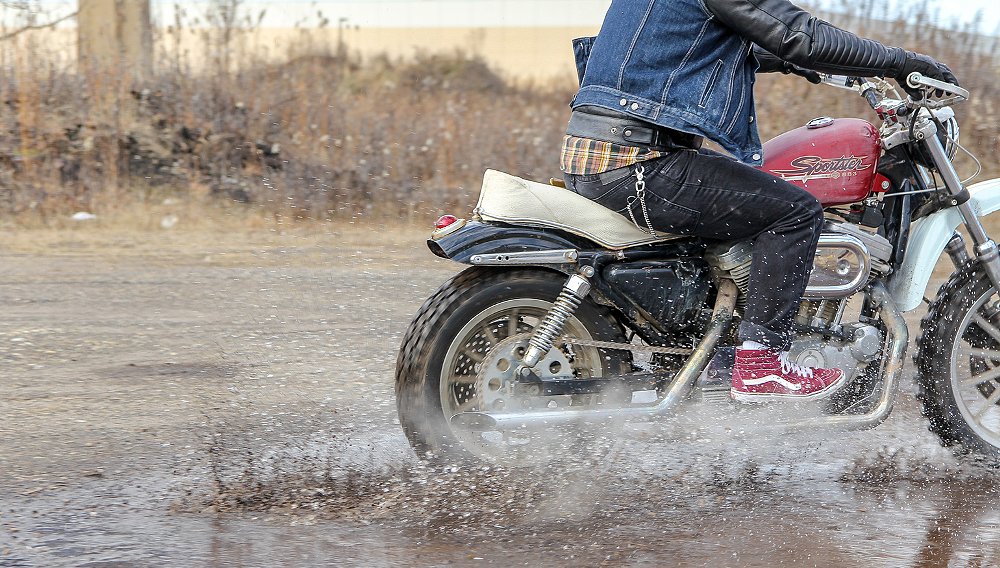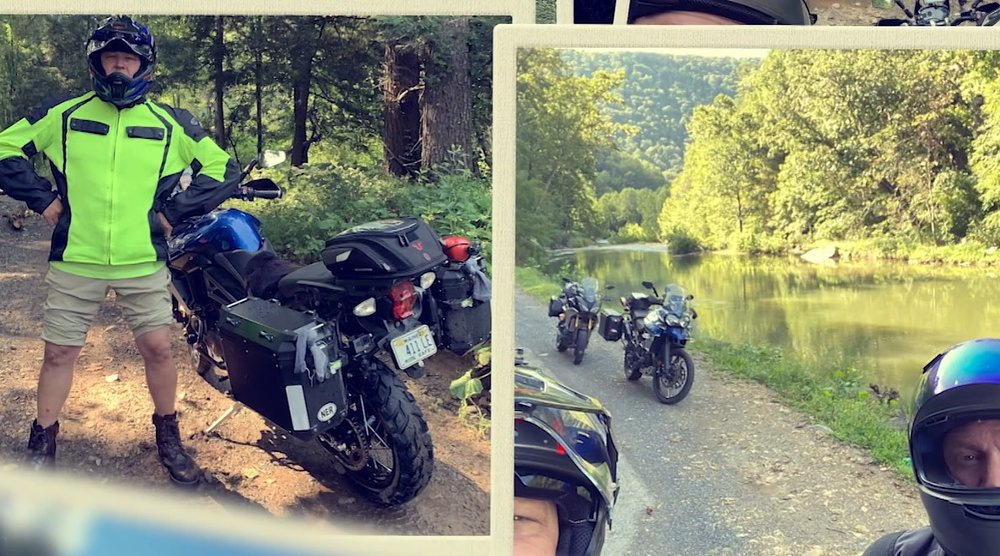Adventure riding wasn't anything I was originally interested in. When I started on two wheels, I gravitated toward a more traditional aesthetic, riding a Triumph Bonneville and dreaming of a Ducati Monster S2R 1000 or a Honda VTR1000F Super Hawk. So when my dad showed up for a ride with a Suzuki V-Strom back in 2005, I just kinda dismissed it as old Papa Bear being "out of touch."
I was wrong. Turns out dad was a bit ahead of his time.
There is a reason large-displacement adventure-touring bikes have become so popular. They walk a fine line of compromise between being fun, powerful sport-touring machines on the street and capable dirt-road fire breathers — willing and capable, as long as you know how to handle them.
Editor's note: A version of this article originally appeared in the first issue of Common Tread Journal, a print magazine that is free to RPM members. Learn more about the rewards, discounts, and other benefits of Riders Preferred Membership.
If you ever looked at an ADV bike from afar and thought, "I could see myself doing that," the following is an account of how I got into adventure riding. My goal is to provide some insight and inspiration on how you can get involved in the ADV community and hopefully you'll stick around.
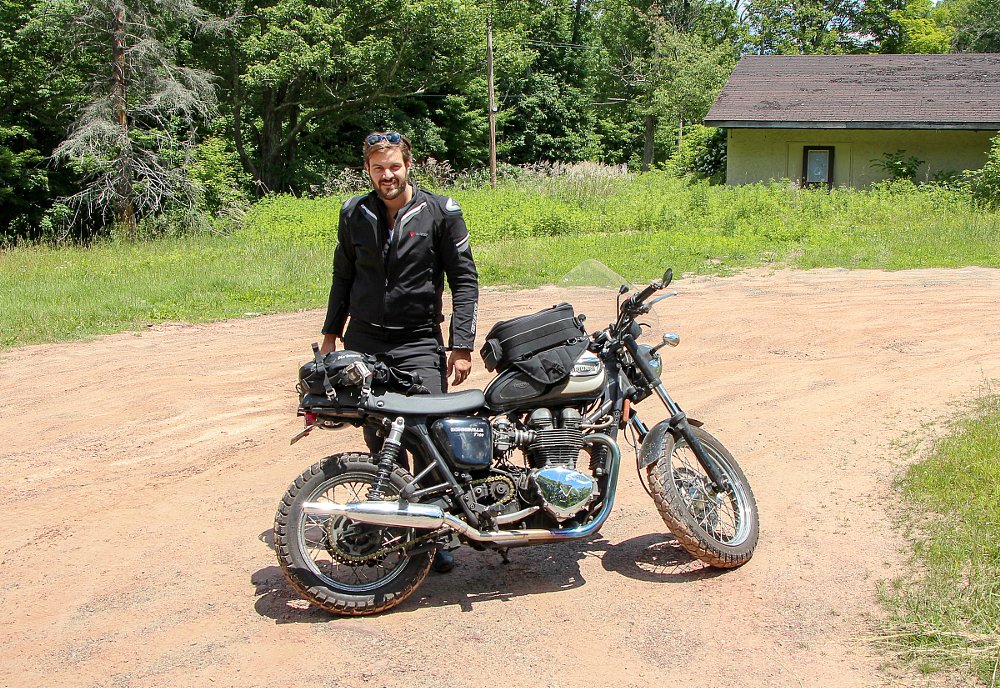
How to choose an adventure-touring motorcycle
My first ADV bike was not the prototypical BMW GS boxer. It was actually my well worn, 2005 Triumph Bonneville. I wanted to dip a toe before jumping in, so I grabbed some knobby tires and a taller handlebar, and started exploring some dirt roads.
What I learned from the Bonneville is that you can easily start with the bike you currently own, even if that bike has no place going off-road. You can start practicing the basics of standing up while riding around the block, try braking and shifting without sitting down. This is usually the hardest skill for riders coming from a street-riding background. Take your time, get a feel for it and you'll be surprised with how much it improves your overall balance and control over your motorcycle.
From there I borrowed a bike from a friend, a first-generation BMW F 800 GS. I rode it three hours down the highway from my home in Philadelphia to a campsite in Bald Eagle State Forest. Bald Eagle has a vast trail network of Jeep and dual-sport trails that are open to street-legal (plated) dual-sports. I spent the weekend exploring the easier, wider dirt roads and I. Had. Fun.
You don't have to buy a new machine. There are a ton of affordable used options out there from Kawasaki KLR650s to first-generation Triumph Tigers and plenty of BMW options in between. You don't have to run right out and buy a new motorcycle to see if you like it.
Since borrowing that F 800, I've paid it forward tenfold. I've let many friends ride, borrow and crash my personal ADV bikes. There is a good chance you might even know someone willing to let you do the same. If not, you could always consider a rental option.
In addition to rental staples like Eagle Rider and MotoQuest, there are a slew of new peer-to-peer rental sites like Twisted Road and Riders Share where you can rent a bike from other motorcyclists in your neighborhood. Just keep in mind that they're likely going to be less forgiving than a friend should you slide their bike down a rocky hill.
Getting an ADV education
Another option for testing adventure riding to see if you like it before making a purchase is to sign up for an ADV Riding school like RawHyde Adventures or the BMW U.S. Rider Academy, both of which feature bike rentals. An ADV riding school is the best place to start when it comes to getting the basic skills down and it can also provide the added benefit of giving you a try-before-you-buy experience.
Returning from that weekend with the borrowed Beemer, I immediately put my 1999 Honda VFR800 up for sale and used the proceeds for a down payment on a 2015 Tiger 800 XCx. My next call was to the Pine Barrens Adventure Camp Riding School in New Jersey.
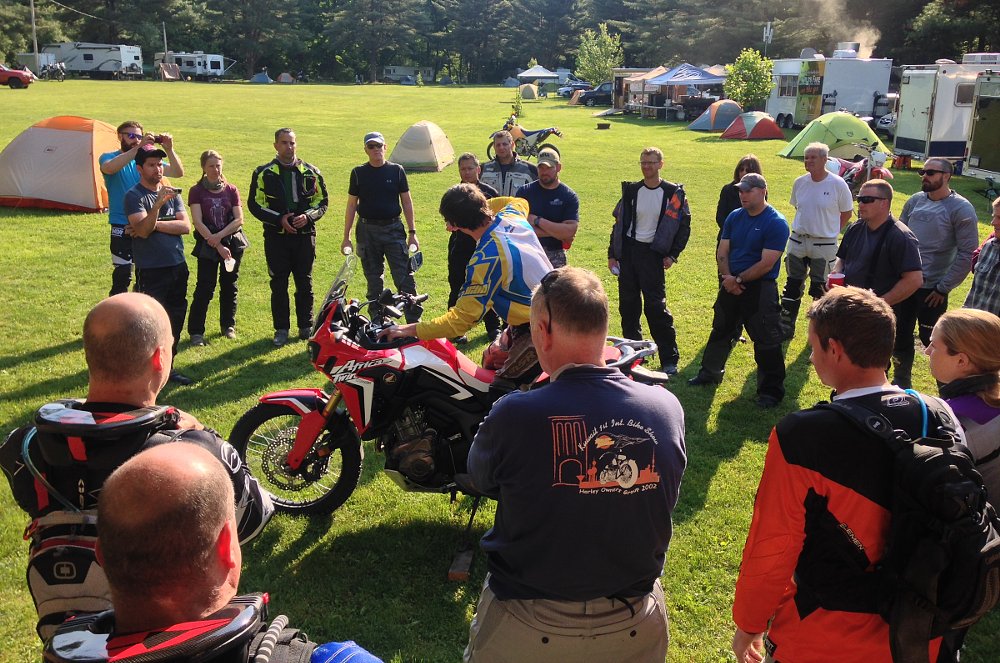
The school was born out of the Pine Barrens 500, a three-day off-road event covering 500 sandy miles in the scrub pine forests of the Garden State. The event gives you a real sense of what Bruce Springsteen was referring to in Rosalita when he sang, "My machine, she's a dud, I'm stuck in the mud somewhere in the swamps of Jersey." Essentially, the organizers of the event were tired of pulling big R 1200 GSs out of the woods so they decided to create a rider-training program.
The course was phenomenal. It taught me the fundamentals of body position, braking, dabbing, and riding comfortably in deep sand. For riders who grew up riding dirt bikes, the course also broke down the differences in the approach you should take with these larger machines. While riding in sand took a bit longer to master than just the weekend, it gave me something to work on along with the fundamentals and how to practice them the right way.
With today's ADV bikes, there's more to learn than just new kinds of riding skills. Keep in mind these machines are oftentimes the flagship models for manufacturers, and thus they recieve all of the latest bells and whistles. But if you don't know or understand how and when to use the technology, it's not going to do you much good.
Not long after I went to Harley-Davidson's introduction event for its new adventure bike, the Pan America, I received a call from Mark Gardiner, a fellow Common Tread author. He had a bunch of questions regarding off-road-specific ABS and traction control, a technology he had never experienced before as he is primarily a street rider and a former racer. Having never ridden a large ADV bike off road before, he was impressed with these rider aids and how they increased his confidence and sure-footedness in his first foray in the dirt and sand.
Modern off-road traction control allows the tires to slip slightly in loose terrain without the higher levels of limitation you'd get from the normal street setting. Full street-biased TC would be overloaded in sand, completely bringing the bike to a halt, and no TC at all is a lot to handle for an inexperienced rider. The same goes for ABS. Off-road ABS allows for reduced amount of ABS intervention to remain on at the front wheel so you don't worry about locking up and tucking the front tire, thus causing you to hit the ground. But if you were to leave it set to a full-on street mode, the ABS would actually prevent the bike from slowing down. Crazy, awesome stuff.
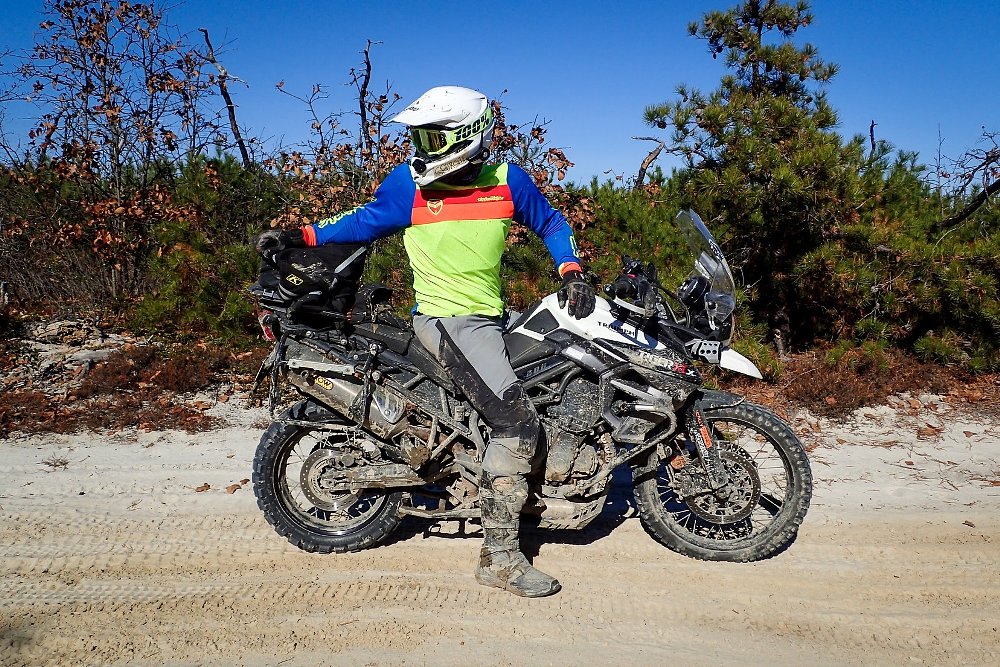
Getting into gear
I intentionally put rider education ahead of gear in this article because it's a lot more important to spend your money learning how to ride than spending thousands of dollars on gear. And I'm saying that as someone whose paycheck depends on people buying motorcycle gear.
I was on a limited budget when I started down this path and used whatever gear I already had. If you already have good, safe street gear, you don't need to run out and invest a bunch of money just to get started. And even if you're starting from scratch, there are affordable dirt-focused options that will work well to get you started.
As my interest and experience grew, I began expanding my gear closet, adding one piece at a time. I like using dirt bike gear because it's more breathable, less bulky and it offers more specific protection. Heavy, bulky gear will cause premature rider fatigue and make your whole experience less enjoyable. I remember showing up to my first day of class wearing stand-alone armor with a breathable jersey while most everyone else was decked out in heavy, beefy outfits. Everyone looked at me like I was nuts — until the class started. ADV outfits are great to keep you safe on longer trips when you’re combining off-road treks with highway miles at 80 mph, but if you’re just running braking drills in a field in July, you're going to be hot.
If you're not sure where to start, I'd recommend a good set of off-road boots, stand-alone knee guards, body armor, a dirt helmet with goggles, and a pair of lightweight dirt bike gloves. Keep in mind that while practicing and riding off-road you will be using your clutch and brake lever a lot more than on the street. Bulky street gloves will only lead to fatigue.
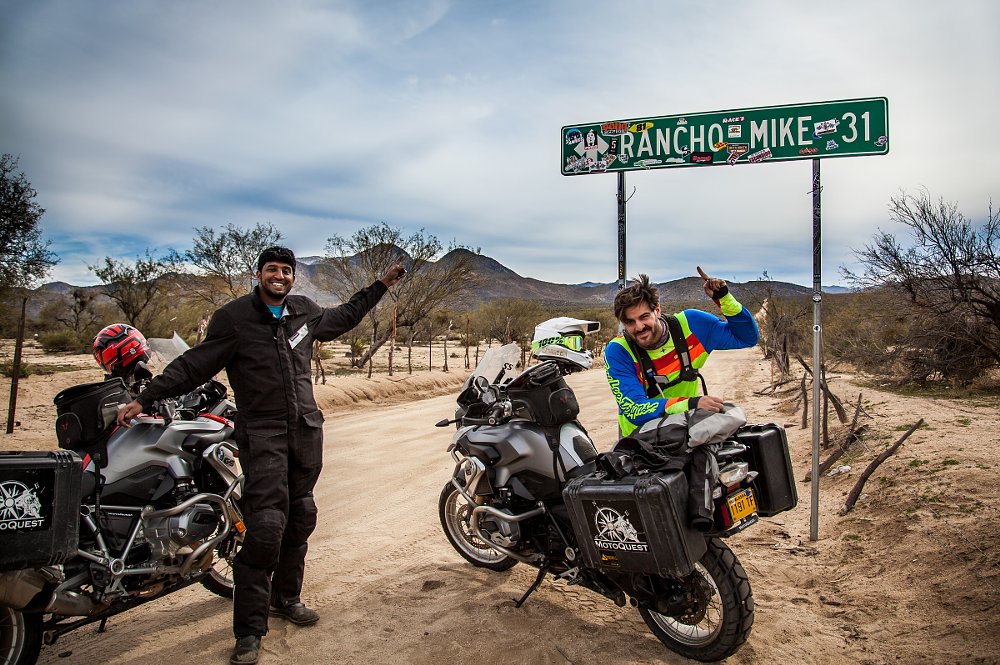
ADV riding with friends
So now you’ve got a bike, some education, and a few new pieces of gear. The next step is to get out and ride, and the best way to do this is to attend an adventure riding event! Outside of riding schools, adventure riding events are a great way to get involved and meet new friends, and the often include rider training options to further your education.
My first adventure event was held by AltRider, a manufacturer of crash protection for adventure bikes. They used to host a three-day ride in the mountains of central Pennsylvania called "Conserve the Ride." The event consisted of a large "easy" route with a series of optional routes that got progressively harder. Things kicked off with rider training exercises on Friday night and the main ride got going early on Saturday. At the end of the day, I had managed to tackle every option outside of the last one. Pretty good for a rookie!
Showing up was the hardest part. It’s always easier to talk yourself into just staying home and sitting on the couch. I get it. It's hard to put yourself out there, especially if you don't know anyone and you're nervous about the difficulty of the event. But I promise you, the ADV community is welcoming.
By the end of the weekend I had made new friends, tackled new challenges and had more fun on a motorcycle than I'd had in a long time. If you're interested in events near you, I'd encourage you to check out the AMA website for more information about adventure events in your neck of the woods. They host a National Adventure Riding Series and there is plenty of information about each event so you can find one that pairs up with your location and riding ability.
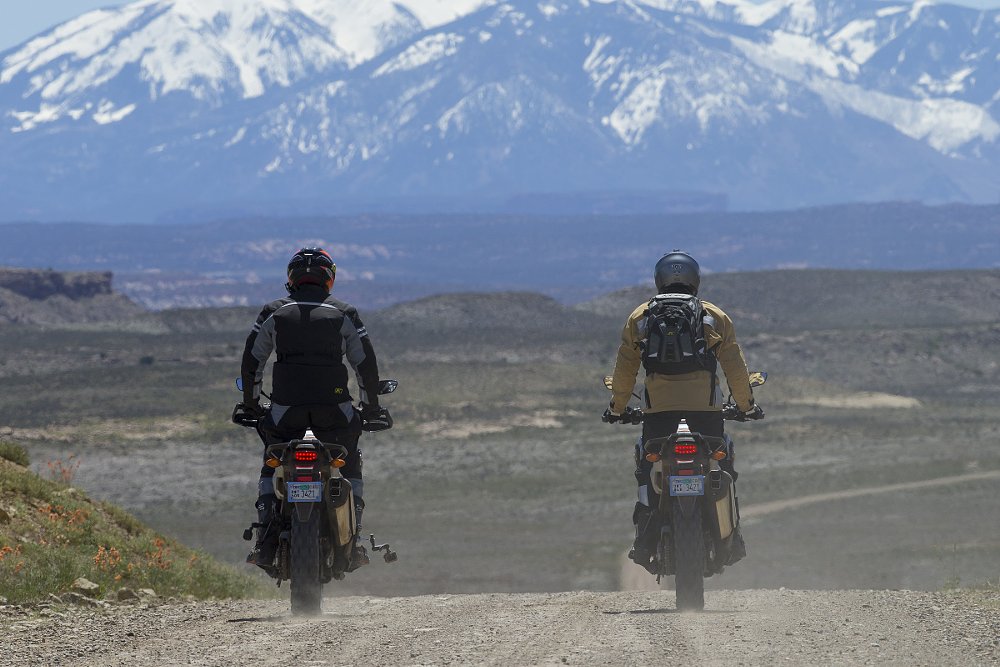
If you've been on the fence about adventure riding, I encourage you to give it a try. Since I first tore down a dirt road on my ill-equipped Bonneville, it's changed my life for the better. Some of my closest friends are folks that I've met because of adventure riding. My first international motorcycle trip was to ride adventure bikes. And I'm here writing this today because eight years ago I jumped in head first and put myself out there and learned a new way to enjoy motorcycling.
I want to be clear that it's not as easy as they make it look in the marketing videos and Instagram posts, but it's a special kind of challenge that ultimately provides one hell of a reward, not the least of which is the friends you make along the way.













